Knowledge Base
Key Quality Attributes for Cleanroom Consumables
Not all wipes, gloves, or swabs are created equally. “Cleanroom grade” consumables are specifically designed and processed to minimize contamination. Cleanroom professionals evaluate consumable quality based on several key attributes:
- Minimal Particle Shedding (Lint-Free): The most critical factor is that the item does not shed fiber or particulate matter. High-quality wipes are made from continuous-filament synthetic materials such as polyester or microfiber and often feature sealed edges (laser-cut or ultrasonically sealed) to prevent loose fibers from fraying. In contrast, inexpensive wipes with poorly cut edges can release a flurry of fibers with each use. Similarly, quality gloves and apparel are made from non-linting fabrics and are cleaned to remove any manufacturing residues. The goal is to use consumables that contribute virtually no particles to the environment. This is essential for maintaining ISO class particle counts and protecting product purity.
- Low Extractables and Residues: Cleanroom consumables should be chemically pure and free from excess extractables that could transfer onto surfaces. For example, a wipe used for cleaning a product contact surface should not leave behind surfactants, detergents, fibers, or ionic residues. High-purity consumables are often laundered in ultra-pure water and dried in clean air, resulting in very low levels of non-volatile residue (NVR) and ions. This is important for both pharmaceuticals and electronics, as any chemical traces left behind can interfere with product quality or analytical tests. Good Manufacturing Practice (GMP) guidelines specifically require the control of contaminants such as endotoxins and residues on surfaces. Therefore, for pharmaceutical applications, some wipes are certified as low endotoxin (pyrogen-free), meaning they have been tested to ensure they do not introduce pyrogens that could cause fevers in patients. Using ultra-clean, low-extractable consumables ensures that after cleaning, only the desired substances remain—nothing unwanted.
- Chemical Compatibility: Cleaning in a cleanroom often requires aggressive disinfectants and solvents, such as 70% isopropyl alcohol, hydrogen peroxide, and sporicidal agents. High-quality cleaning consumables must withstand these chemicals without degrading. For instance, a good wipe will not dissolve or shed fibers when saturated with isopropyl alcohol.
Materials like polyester and nylon fabrics are generally resistant to common cleanroom chemicals. In contrast, low-quality materials may break down and generate contaminants during use. This compatibility also extends to cleaning tools, such as mop handles and buckets. Stainless steel or specialized polymers are preferred because they do not corrode or shed particles when exposed to chemicals.
Always ensure that wipes, gloves, and other cleaning supplies are rated for use with the disinfectants specified in your Standard Operating Procedures (SOP). Using incompatible materials can lead to issues such as fiber shedding, sticky residues, or other unwanted effects when chemicals are applied.
- Sterility (When required): In aseptic processing and sterile product manufacturing, consumables often need to be sterile. This is typically achieved through methods like gamma irradiation or autoclaving, and they must be handled using sterile techniques. High-quality sterile wipes and garments are irradiated to a Sterility Assurance Level (SAL) of 10^−6, meaning there is no more than a one-in-a-million chance of a viable microbe being present. These products come with sterility certificates and are double- or triple-packaged to ensure they can be introduced into Grade A or B areas without contamination.
It’s important to understand that simply being sterile is not enough; the items must also be clean processed. For instance, a wipe that has been sterilized but not manufactured in a cleanroom could still release many particles or chemicals, making it effectively “sterile dirty.” The best cleanroom consumables are produced in clean environments, thoroughly cleaned to remove particulates, and then sterilized. This process results in products that are both particle-free and microbe-free.
In pharmaceutical operations, using sterile and validated consumables is essential to prevent microbial contamination.
- Certification and Consistency: Reputable cleanroom consumable suppliers provide crucial documentation for their products, including Certificates of Conformance, Certificates of Sterility/Analysis, lot traceability, and test data for properties such as particle counts and endotoxin levels. These quality assurances are essential for cleanroom operators, as they guarantee that each batch of wipes or each lot of gloves has been tested and meets defined standards.
Consistency is also vital. High-quality consumables are produced in controlled manufacturing environments, often certified by recognized standards (e.g., ISO 9001 certified facilities at Berkshire), ensuring that every item performs reliably. This consistency helps reduce variability in your cleaning processes. In contrast, low-quality knockoff products may have significant variability or lack any proof of performance.
In regulated environments, having this proof is necessary. Subtle indicators of quality include lot numbers on every bag for traceability and the availability of test reports upon request (such as data on fiber shedding, ion content, etc.). These practices reflect a strong quality culture from the vendor’s side, ultimately supporting your quality compliance as a user.
In Review:
- Cleanroom consumables must be highly lint-free, chemically pure, and compatible with cleaning agents to prevent particle or chemical contamination in controlled environments.
- Sterile consumables are essential for aseptic processing and must be both particle-free and microbe-free, with certification to ensure safety in pharmaceutical operations.
- Reliable suppliers provide documentation, lot traceability, and consistent quality, which are critical for maintaining regulatory compliance and effective contamination control.




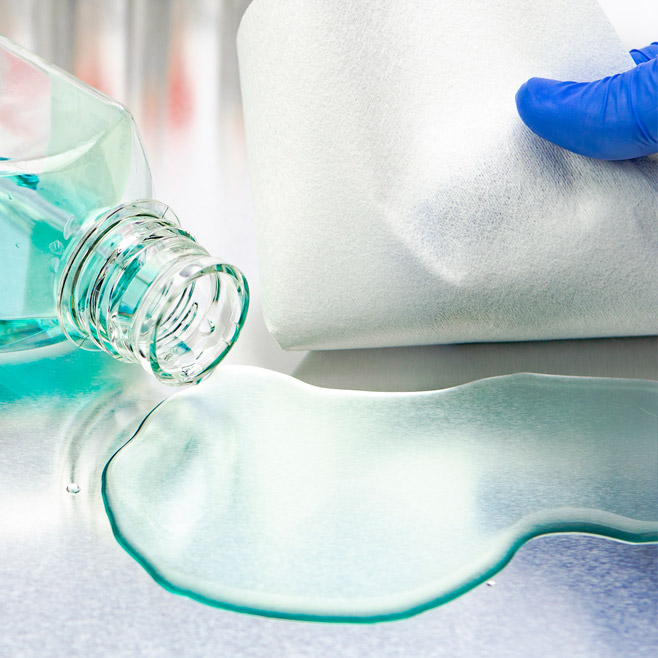
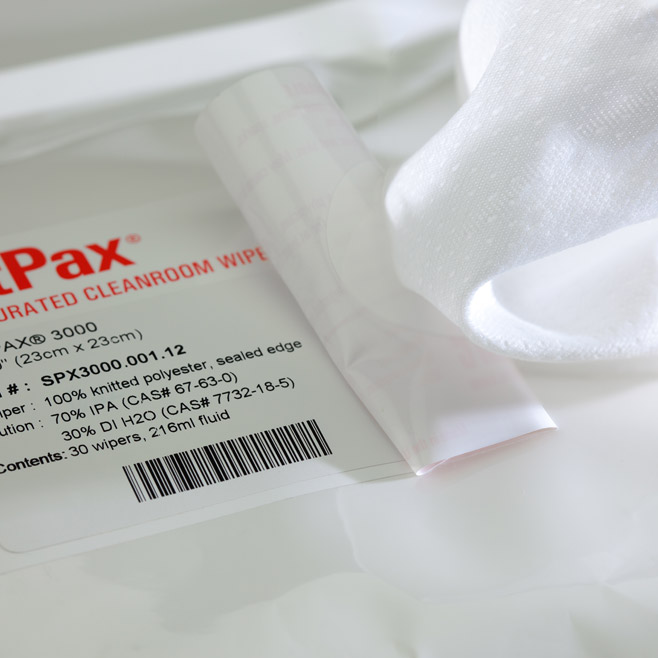
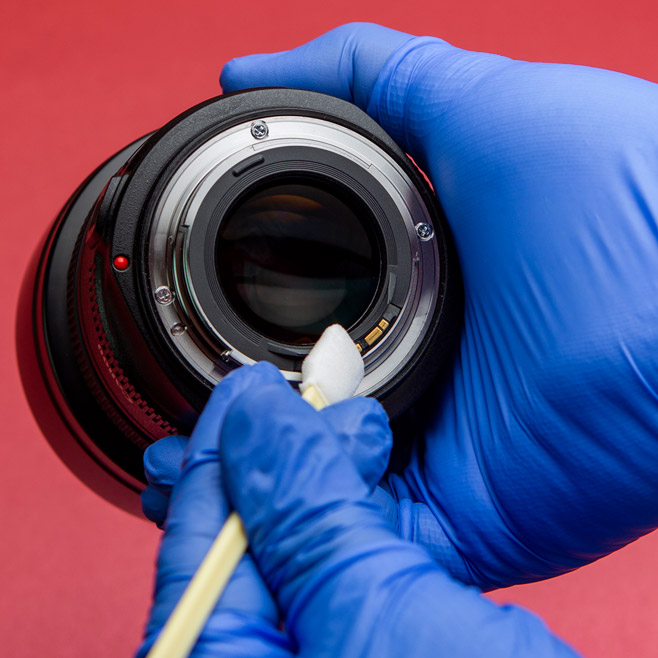
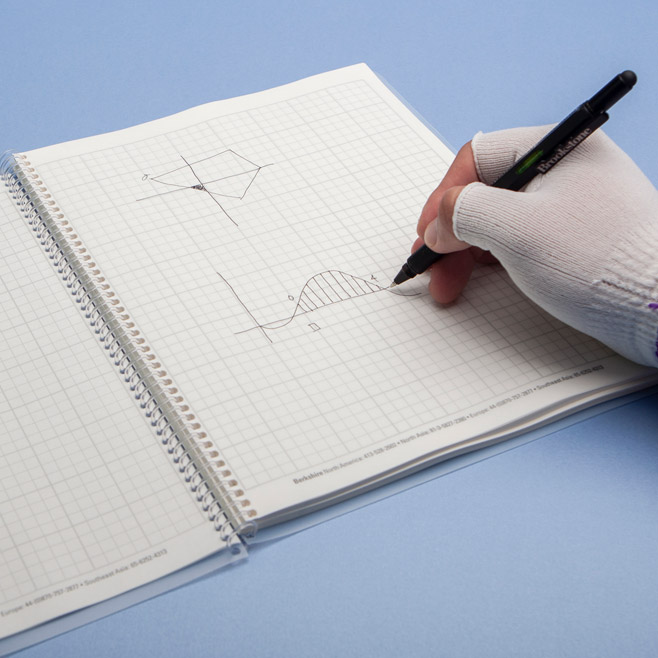
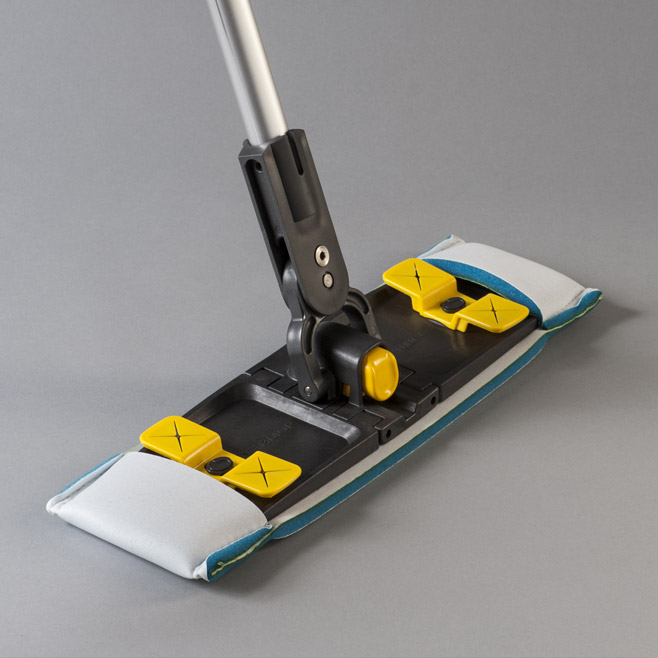
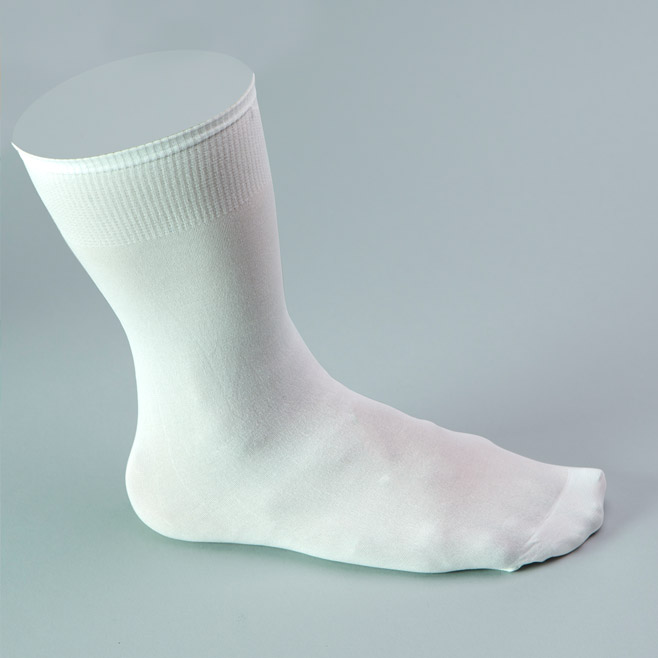
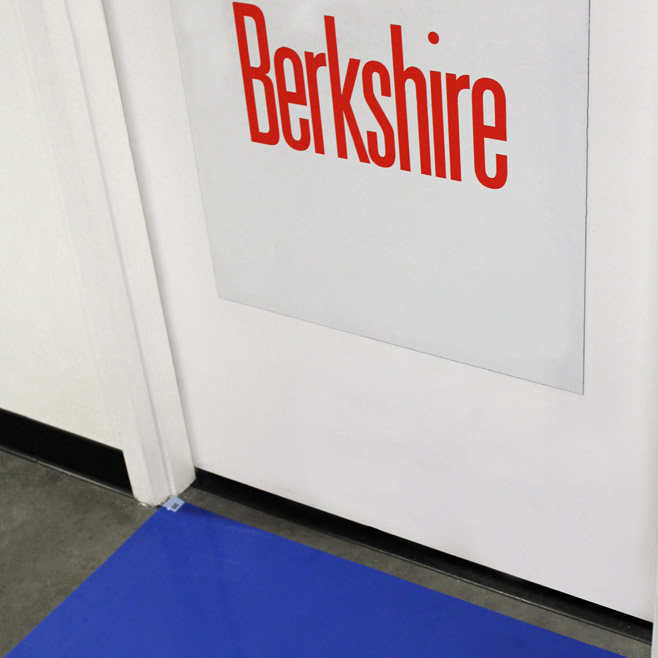

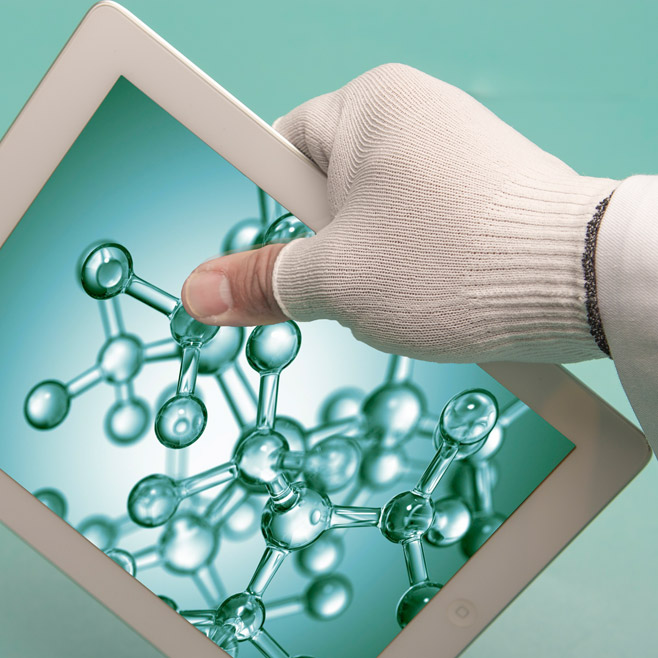
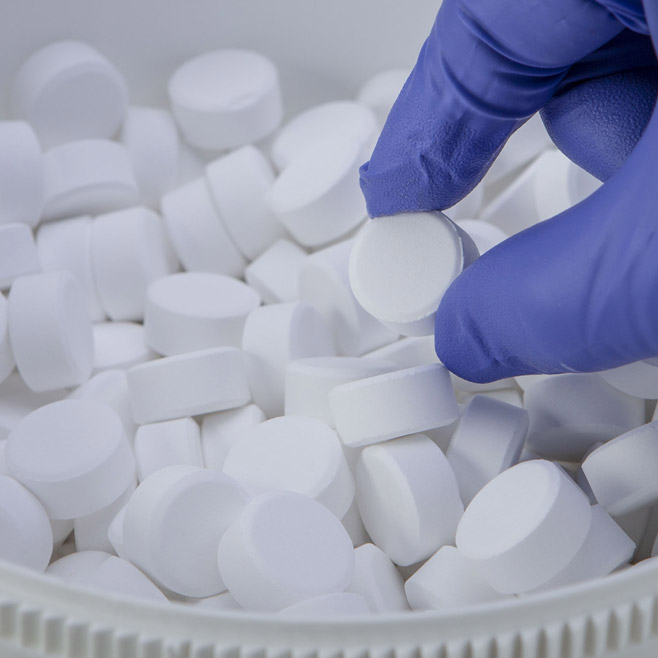
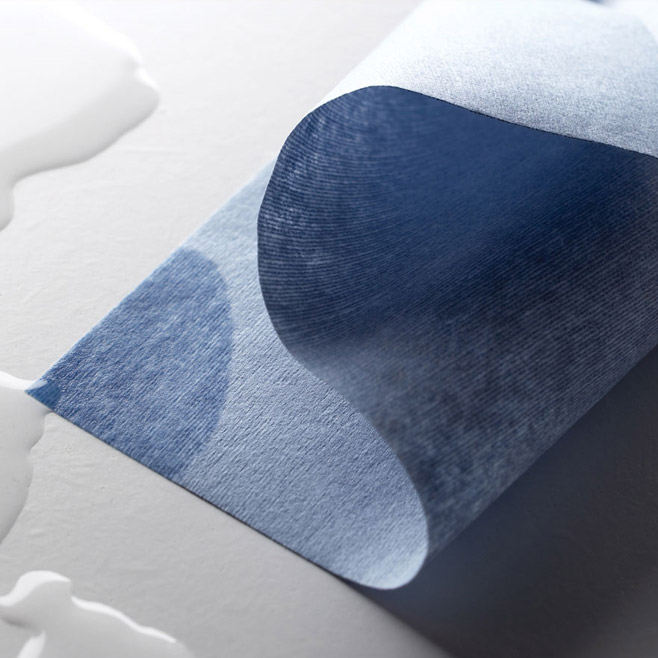
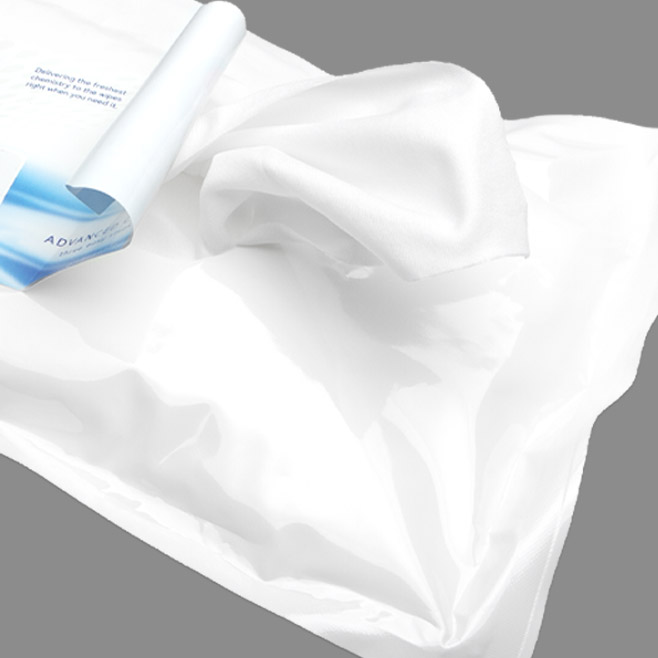



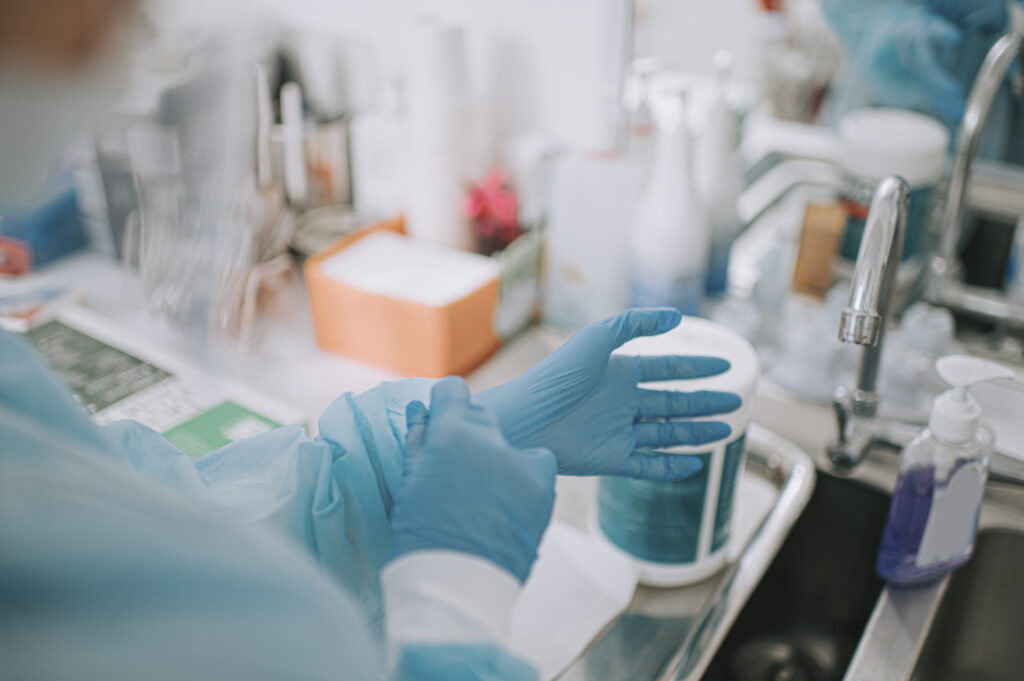

HAVE AN IDEA FOR CONTENT?
We are always looking for ideas and topics to write about.
Contact Us